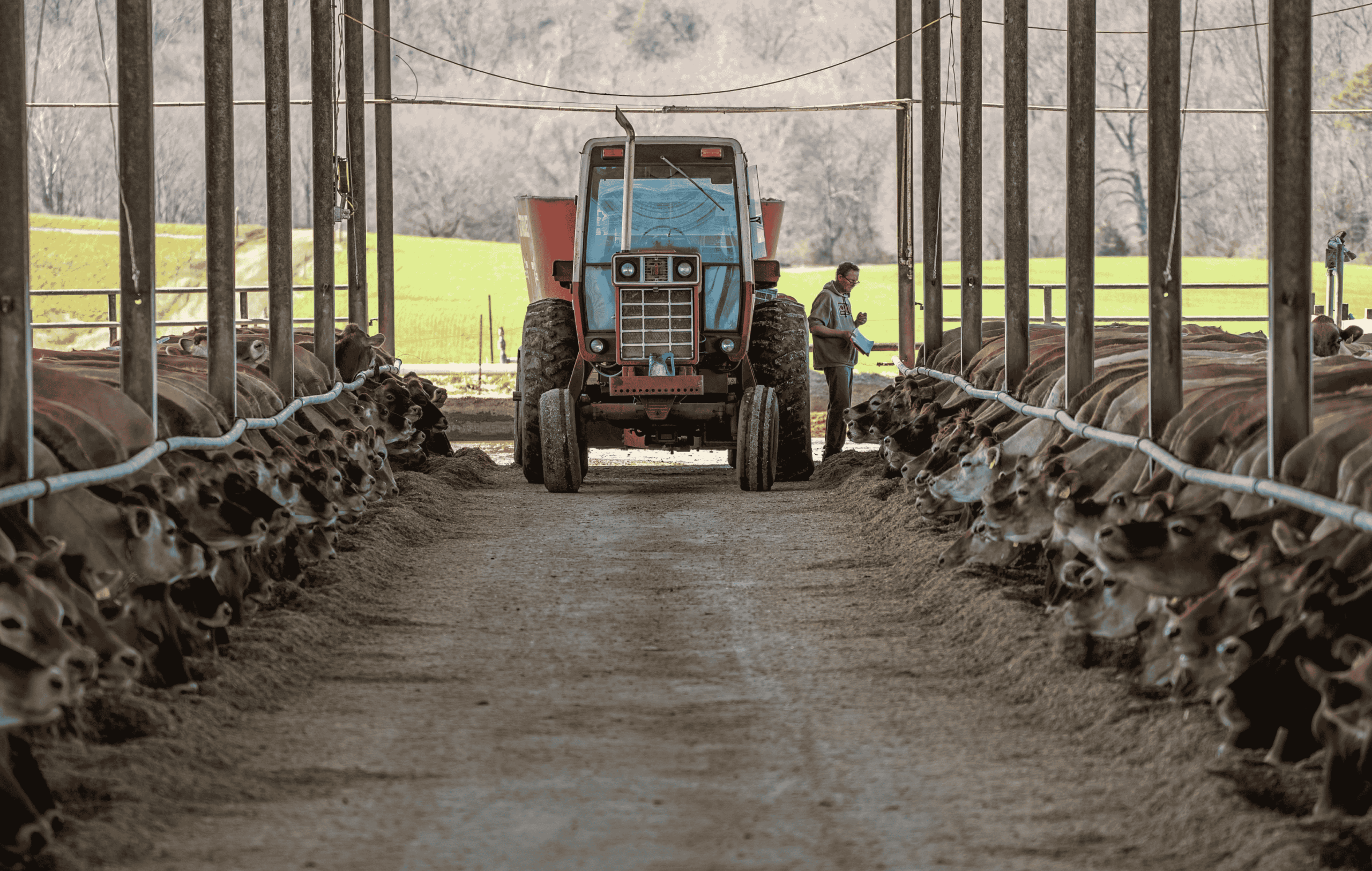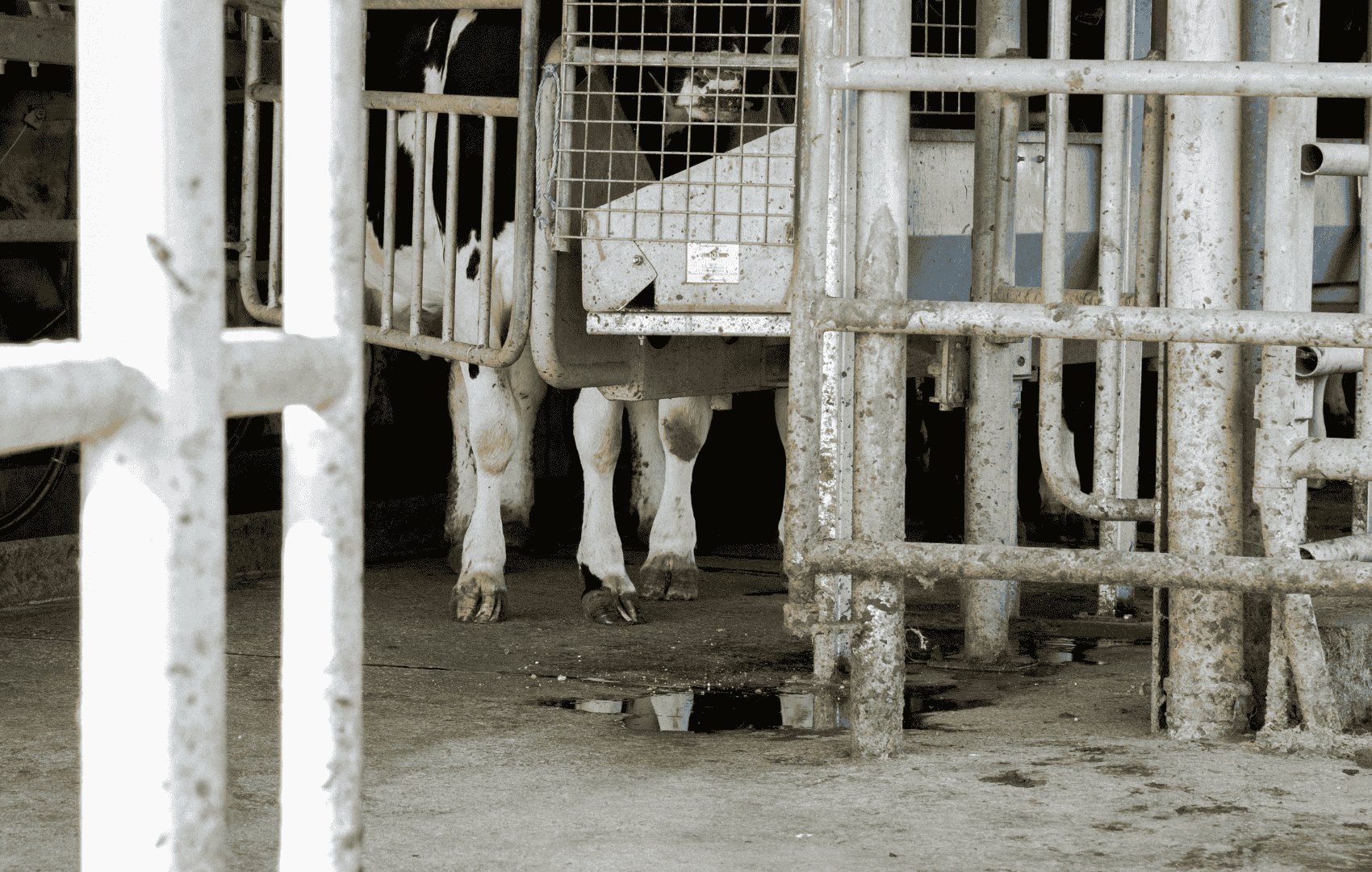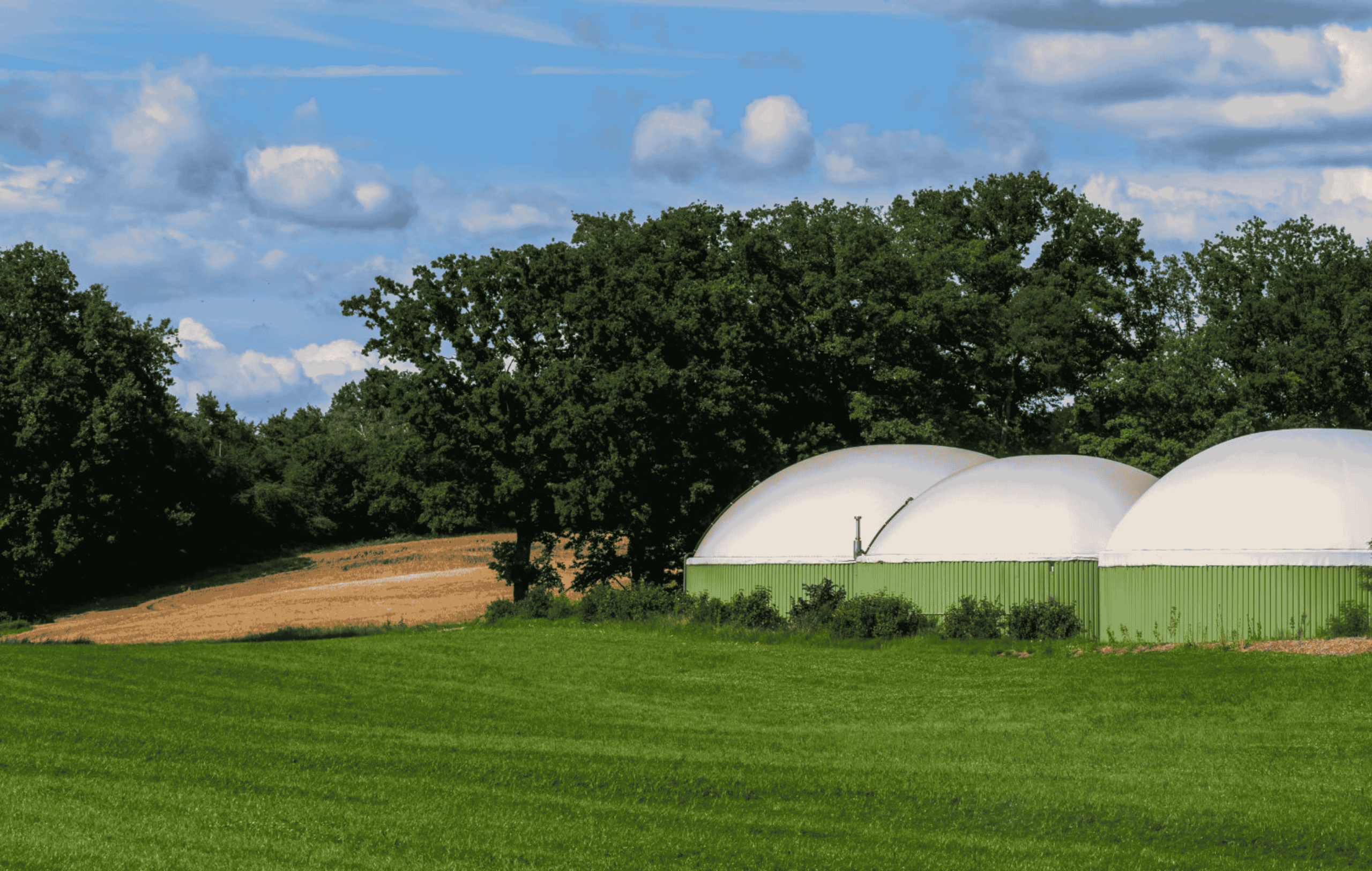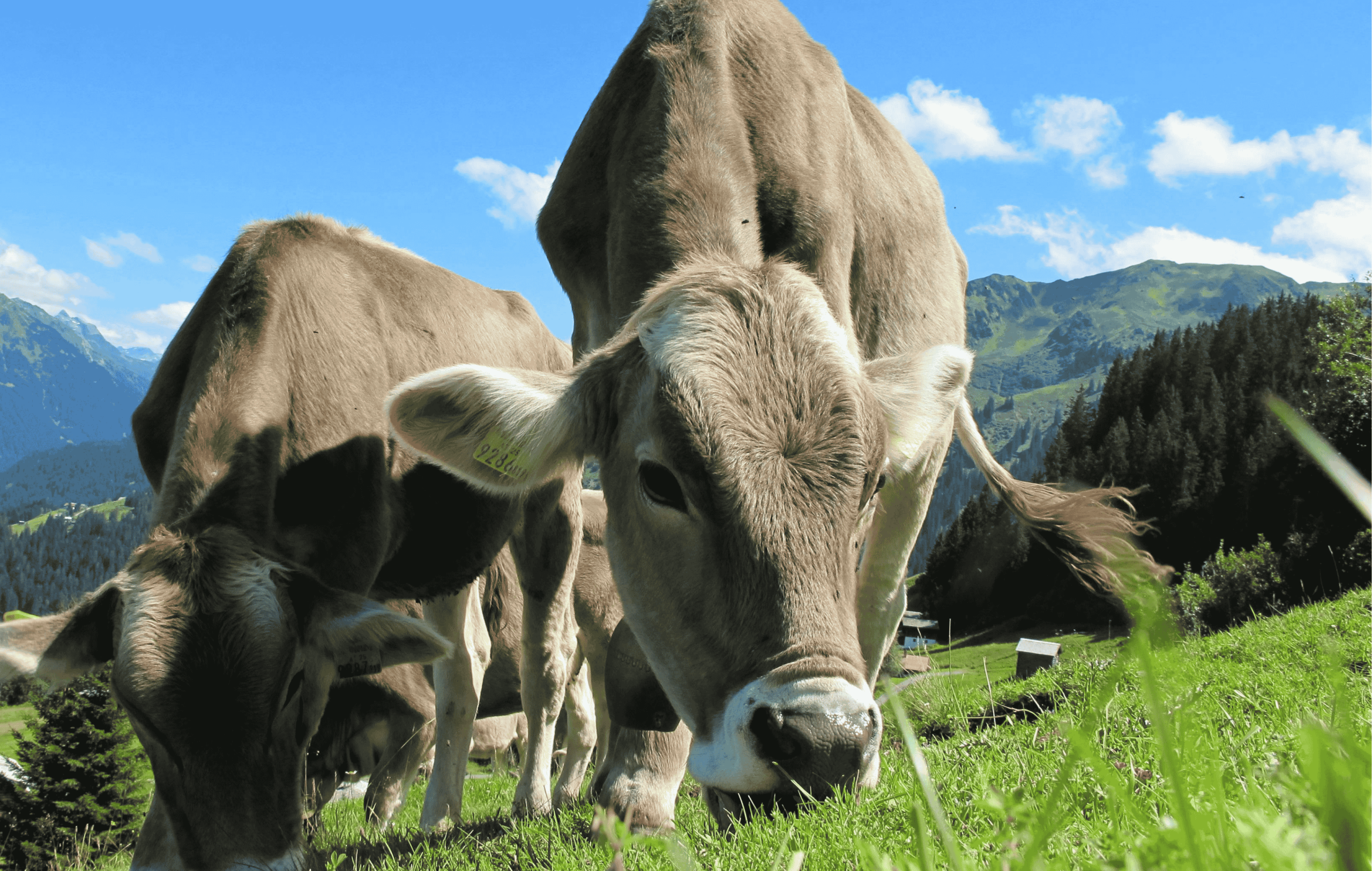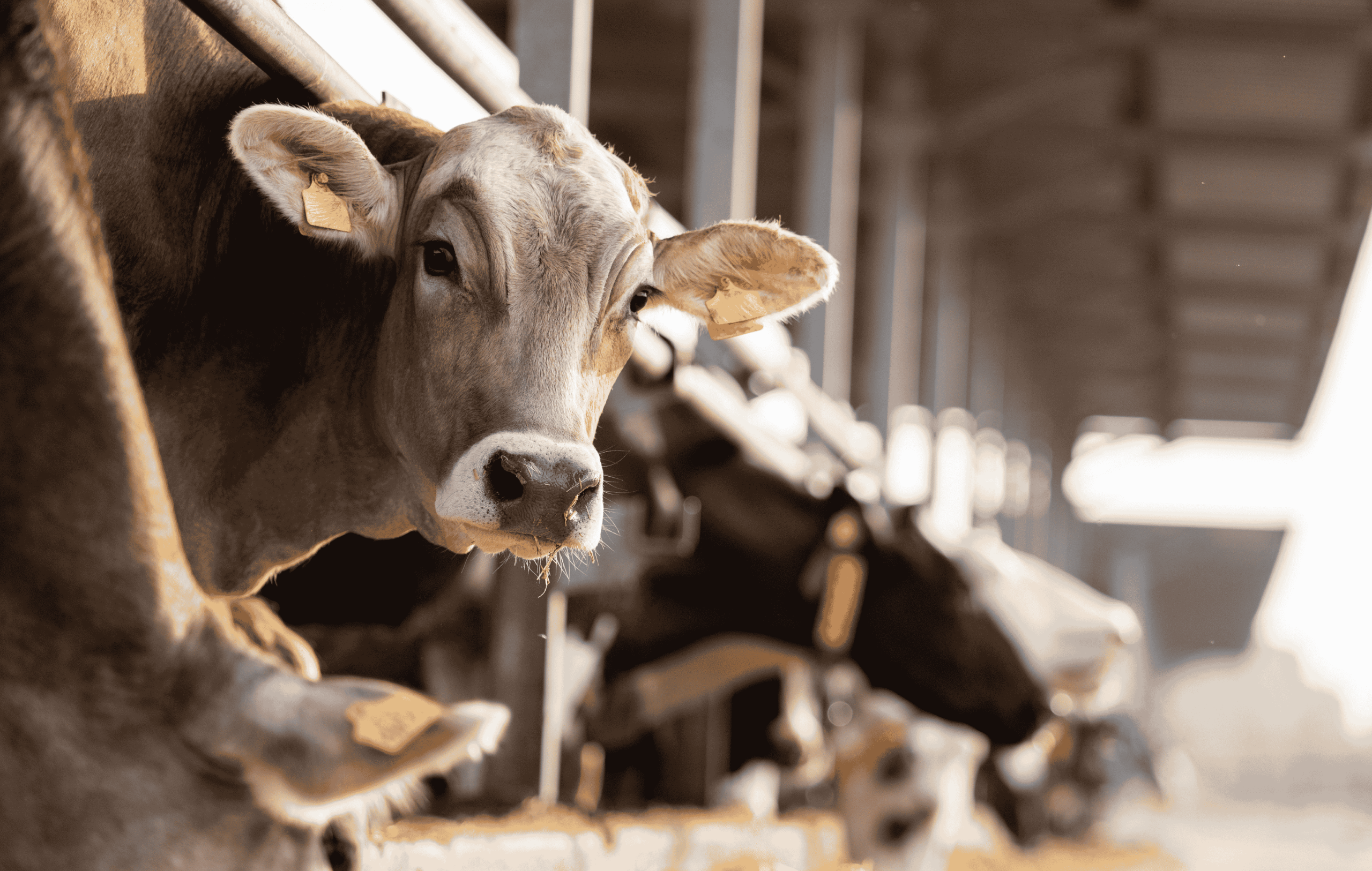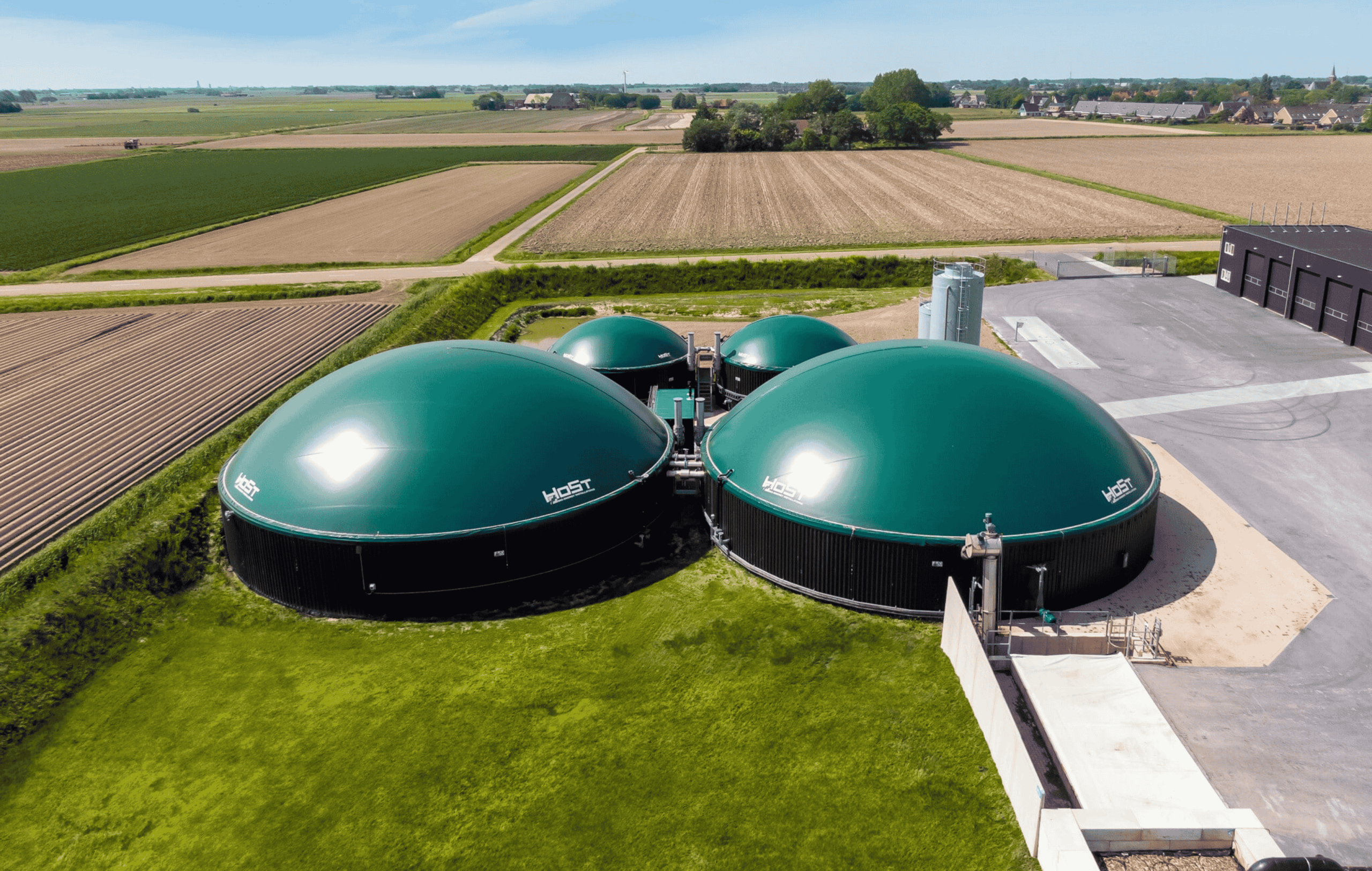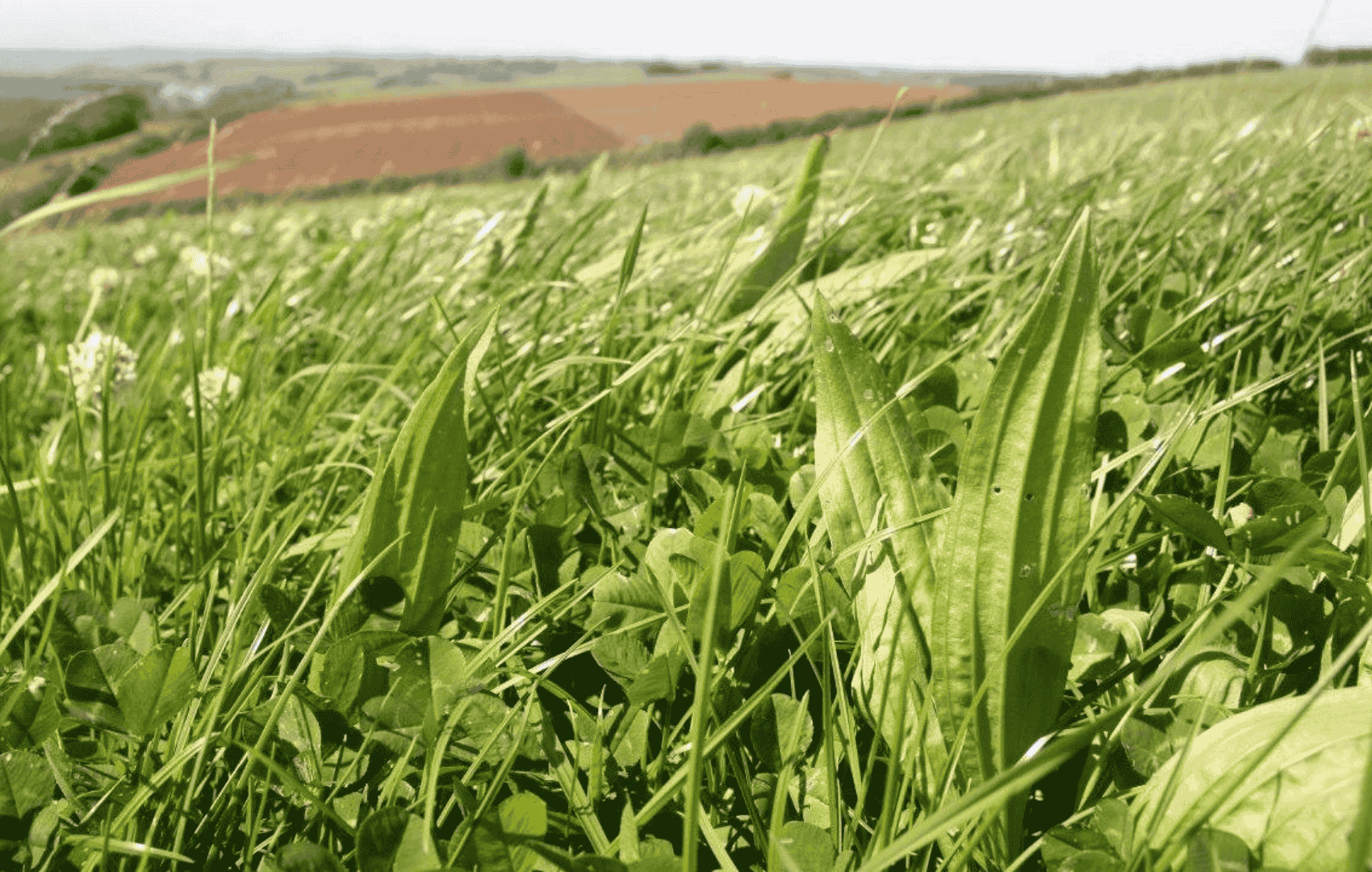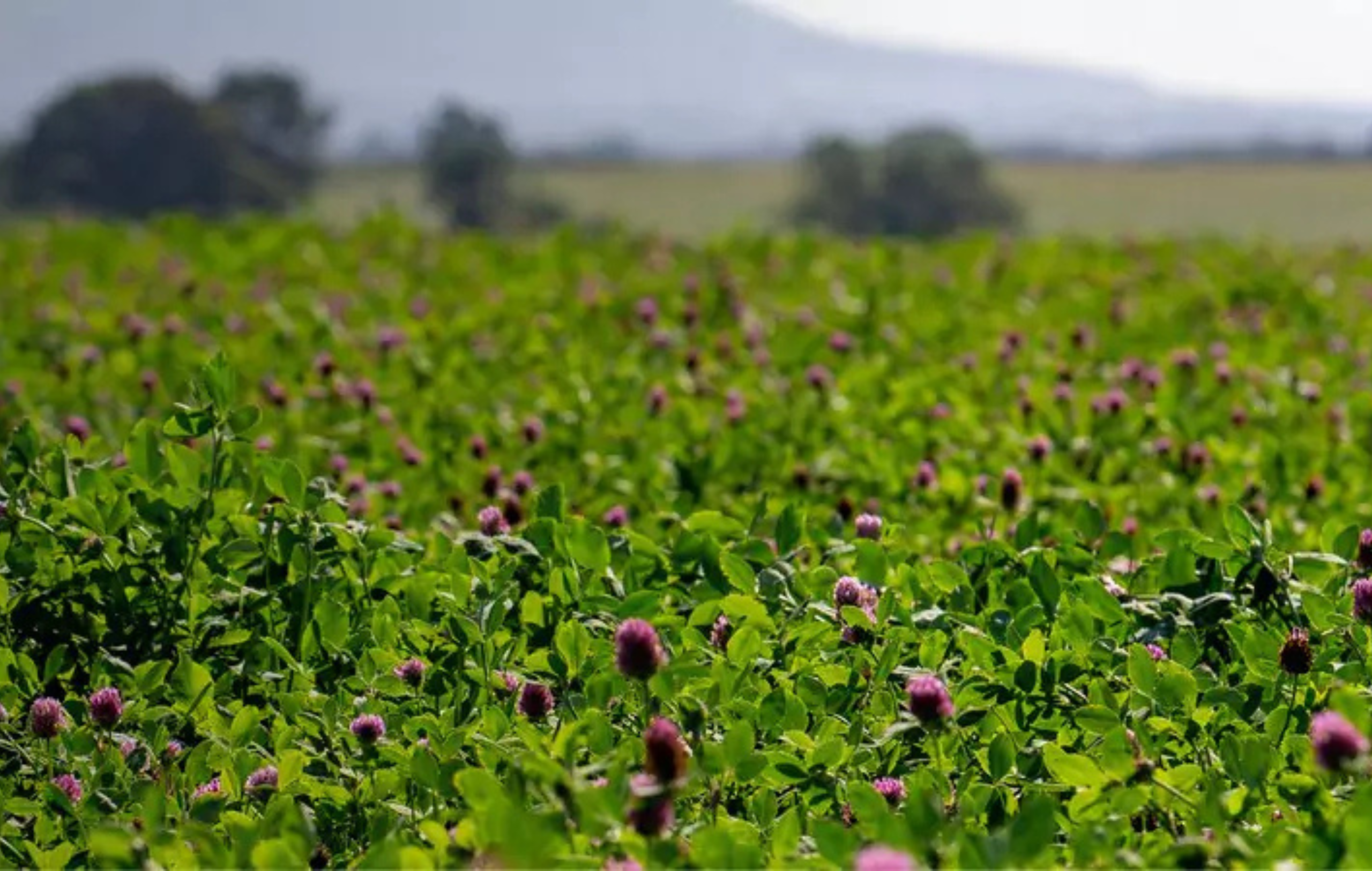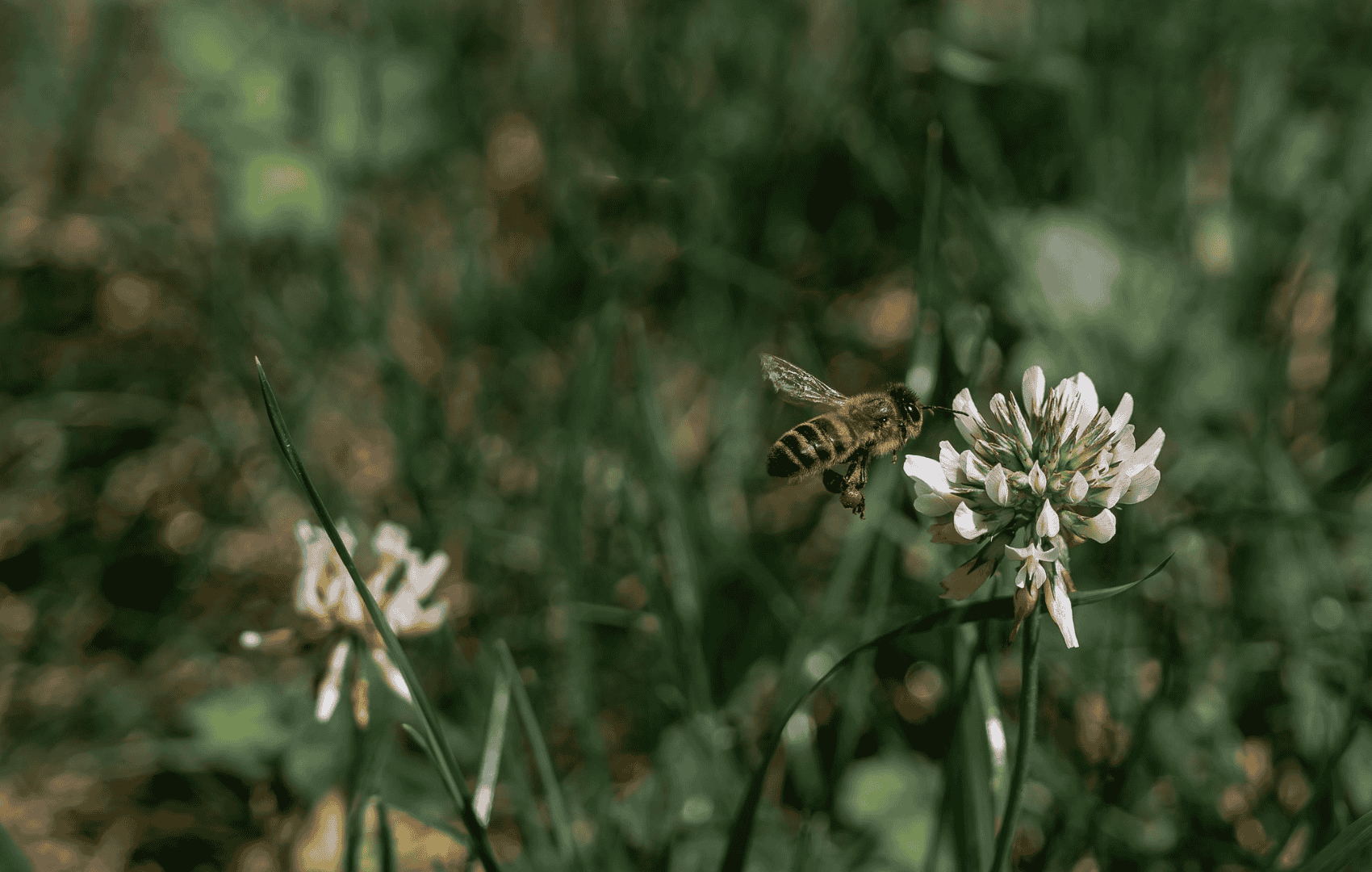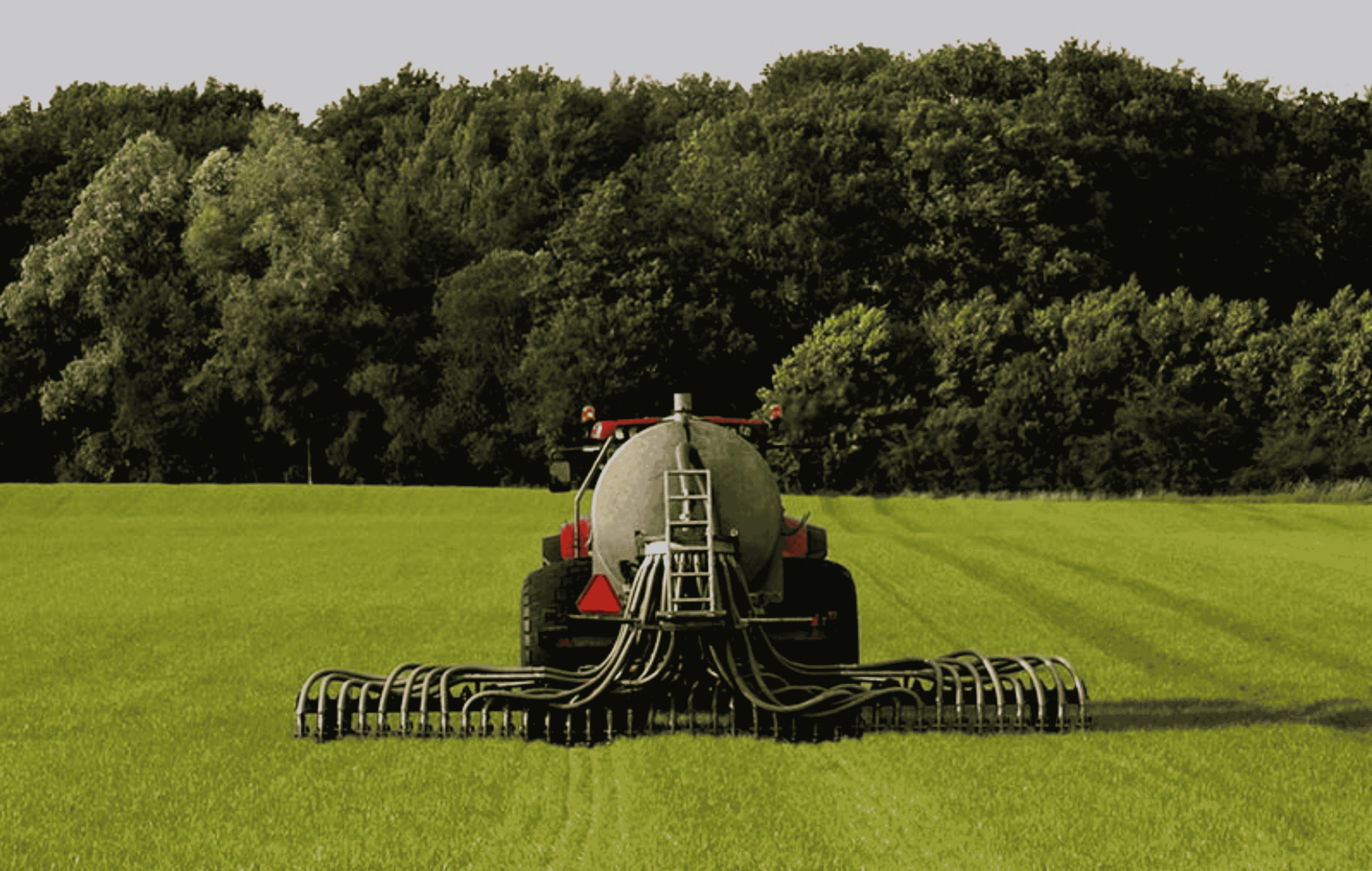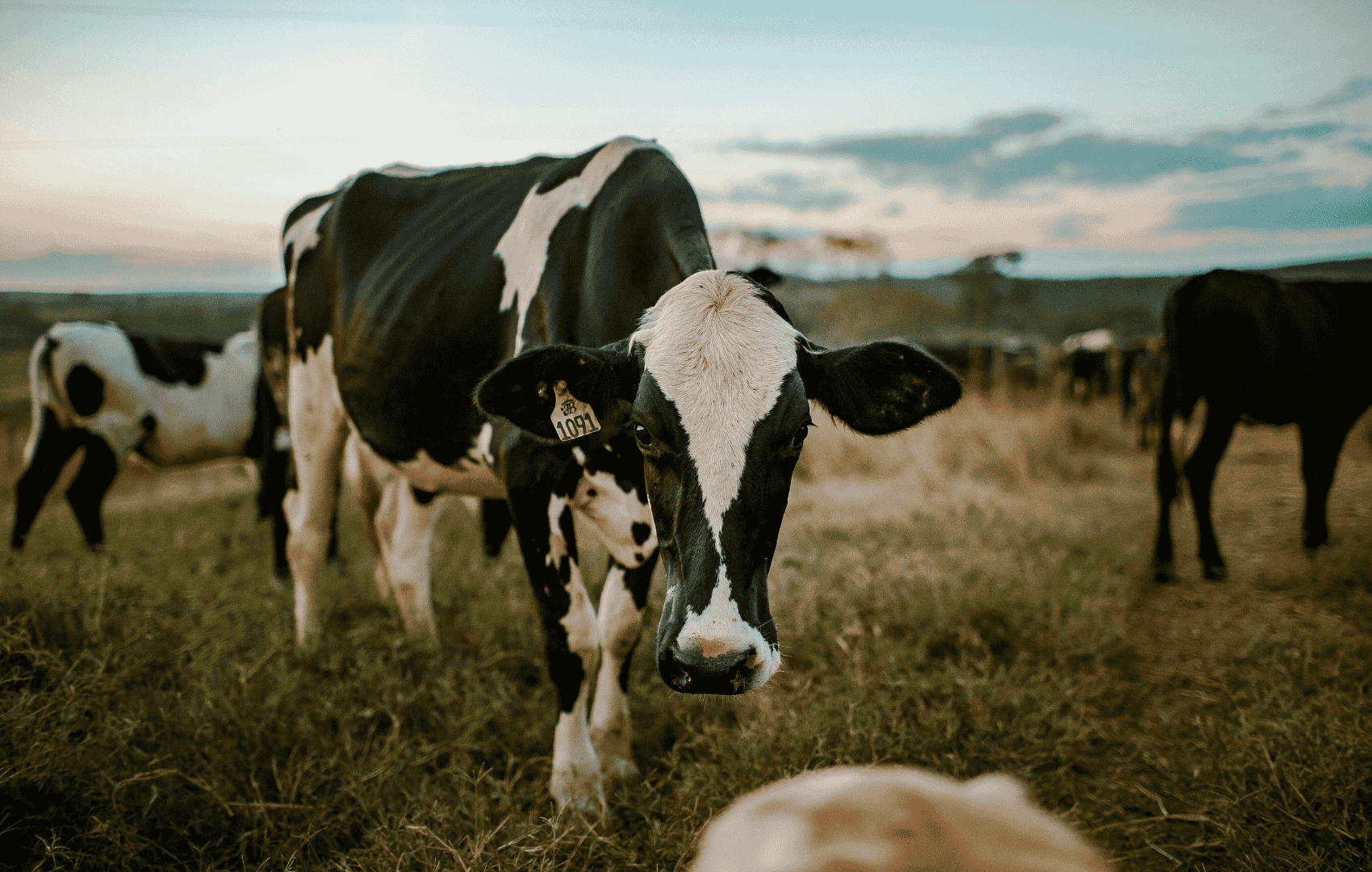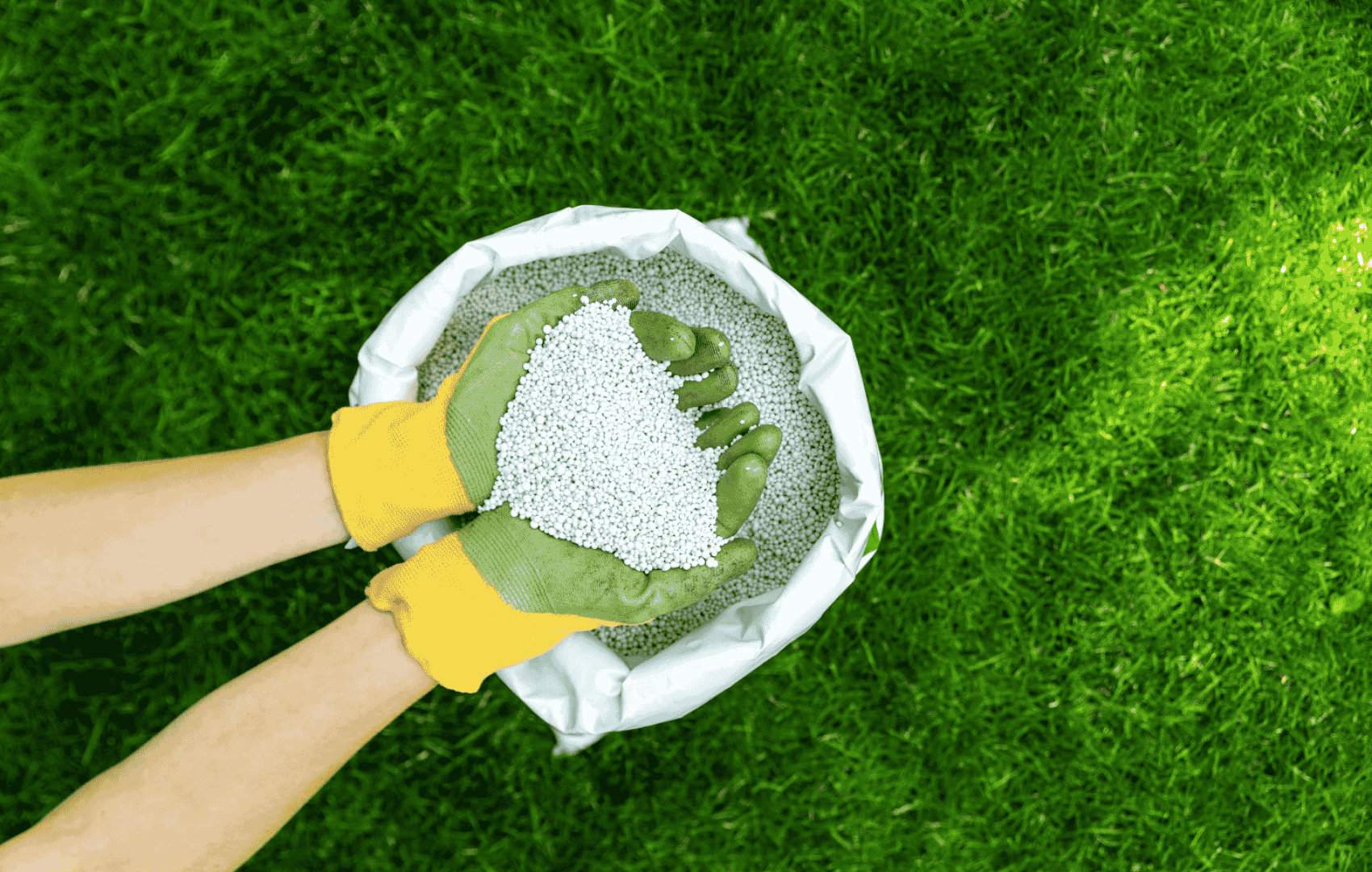Multispecies Swards
Ryegrass-only swards are input-heavy and weather-sensitive.
Multispecies swards improve soil, cut inputs, and boost resilience to drought and climate change.
The Climate Issue
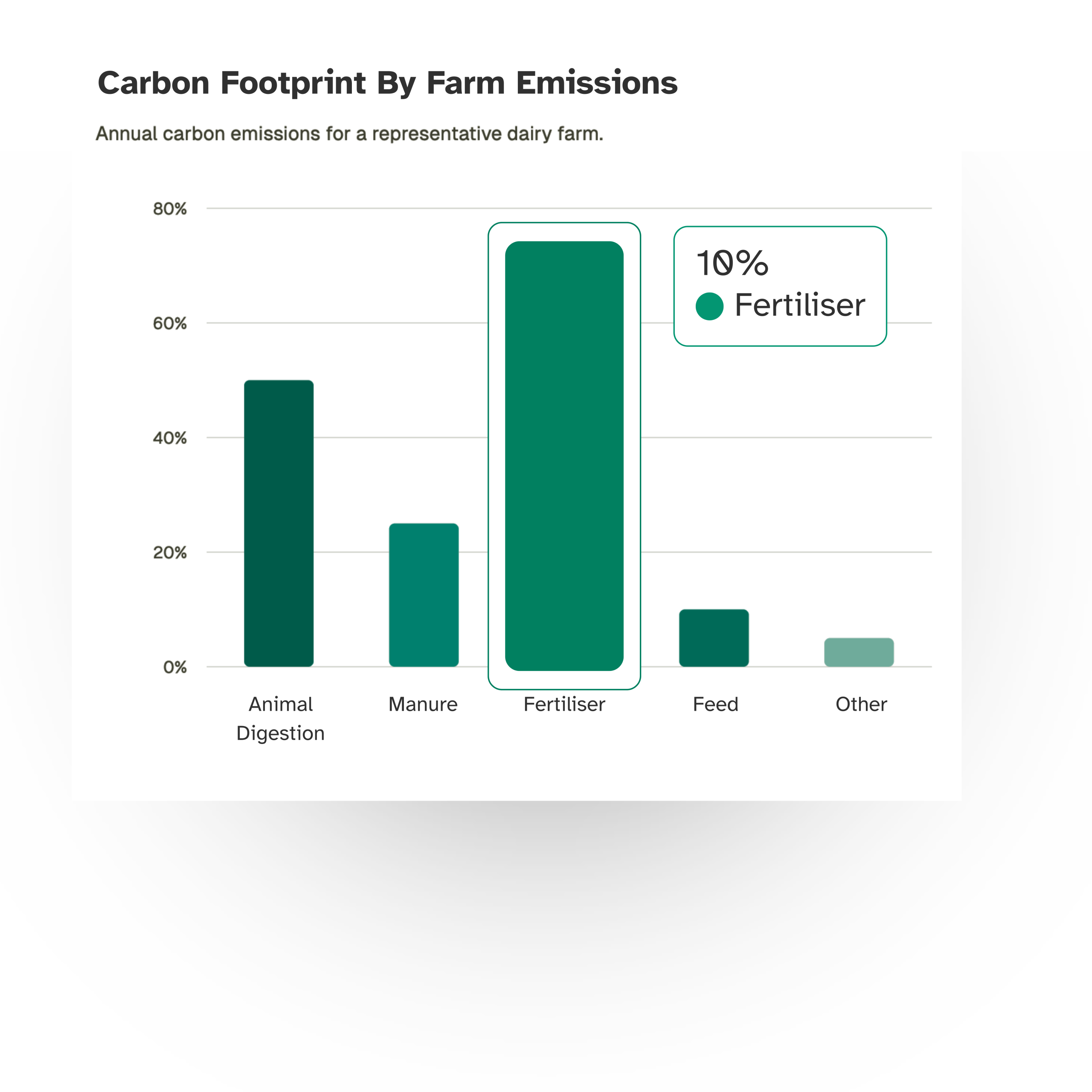
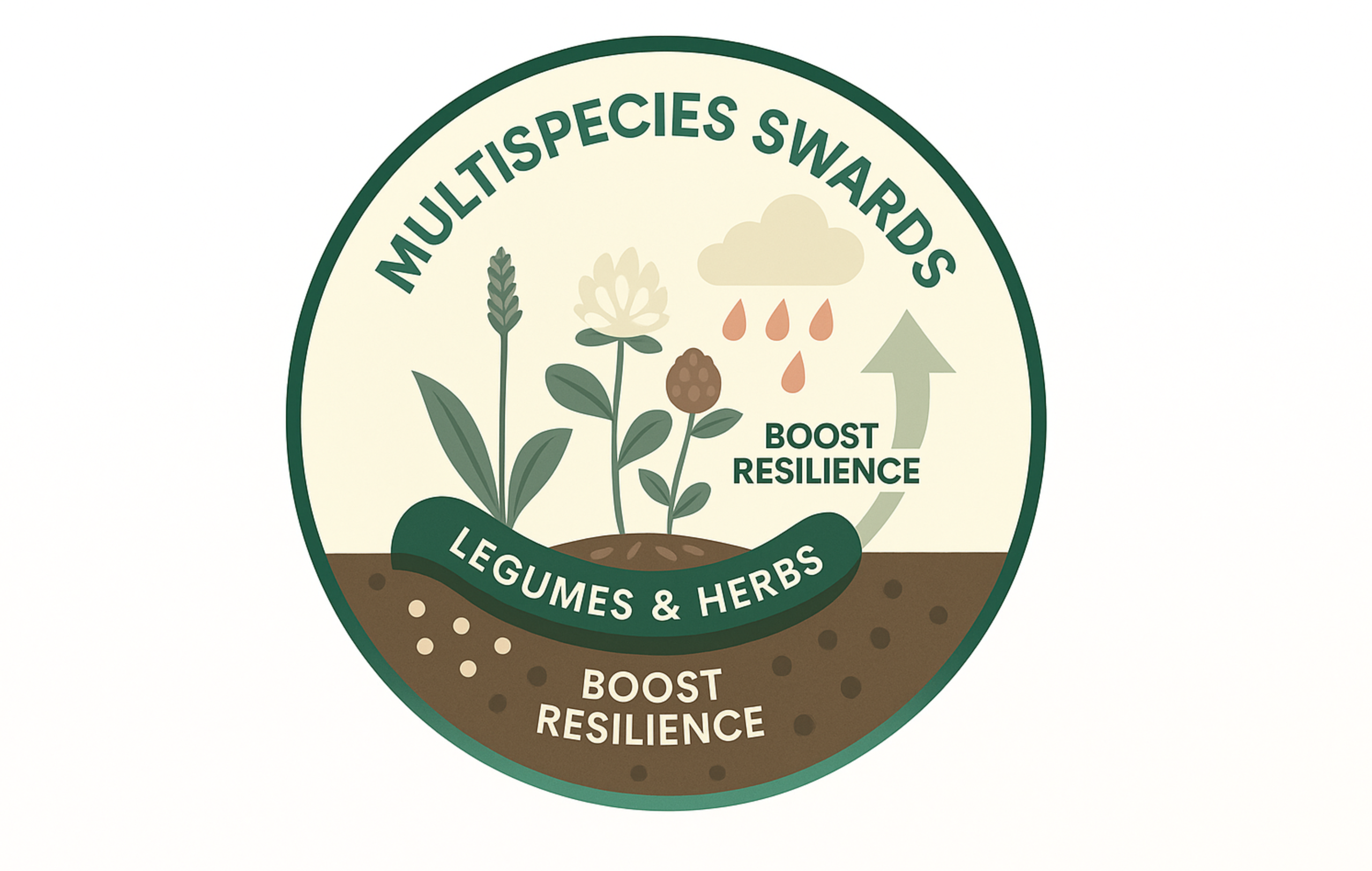
The Solution: Multispecies Swards
Key Benefits when using Protected Urea
Lower Emissions
With lower fertiliser needs and improved nitrogen cycling, MSS reduce direct and indirect emissions, especially N₂O and ammonia.
Resilience
MSS are more drought-tolerant than ryegrass. They keep growing in dry conditions, protecting milk yield when rainfall is scarce.
Animal Intake
High-quality forage with better palatability and minerals improves dry matter intake and can enhance milk solids.
Impact of implementing Multispecies Swards
Research from Teagasc and Farm Zero C shows MSS can:
- Cut synthetic nitrogen fertiliser by up to 90 kg/ha
- Lower GHG emissions by 4–9 % across the grazing platform
- Improve drought tolerance and soil structure
- Maintain or improve milk solids per hectare during dry or variable years
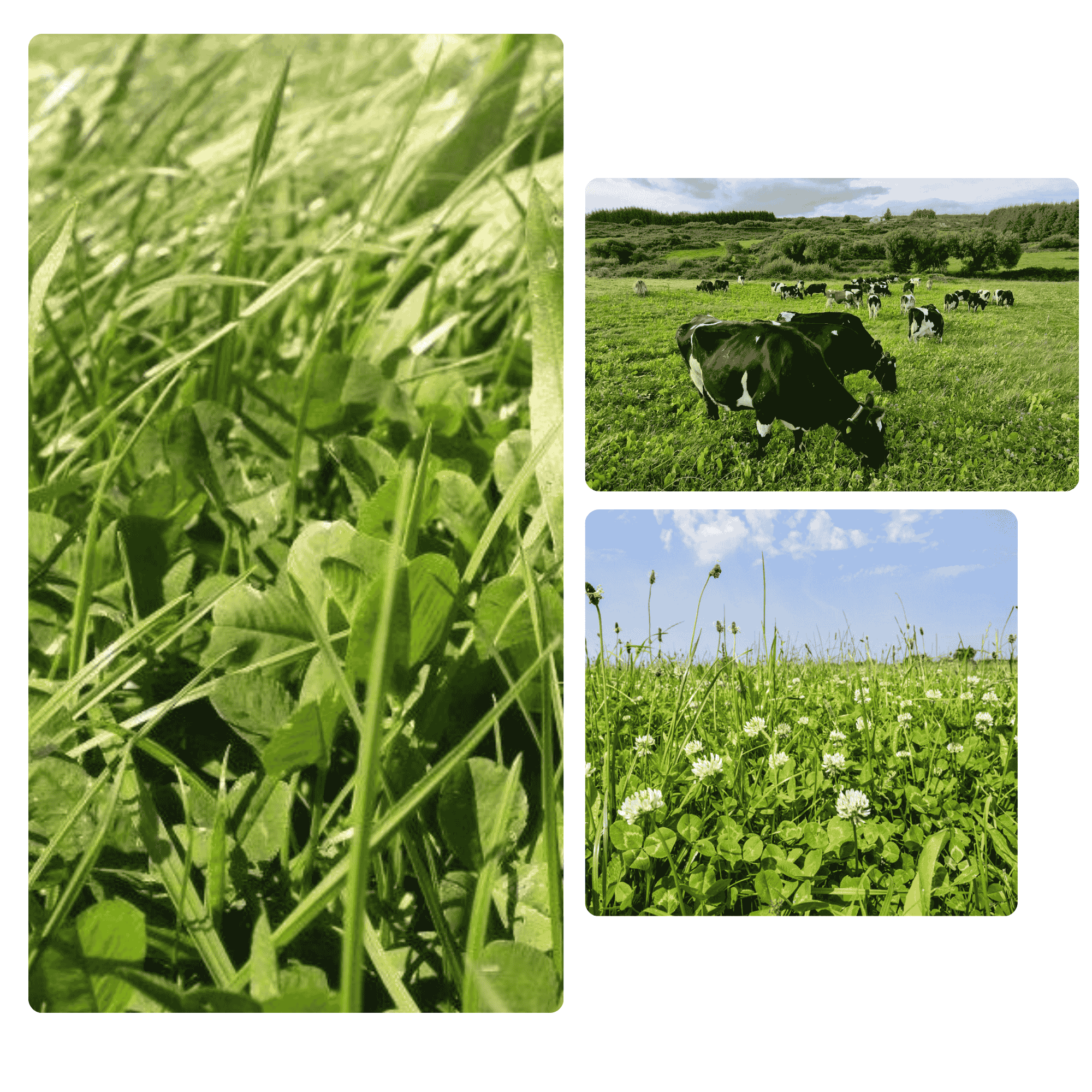
|
Scenario
|
Area under MSS
|
Fertiliser Savings / 50 ha
|
GHG Emissions
|
% GHG Reduction
|
|---|---|---|---|---|
|
0% MSS |
- |
- |
0.960 kg CO₂-eq/kg milk |
0% kg CO₂-eq/kg milk |
|
50% MSS |
25 ha |
€2,200 |
0.916 kg CO₂-eq/kg milk |
4.6% kg CO₂-eq/kg milk |
|
100% MSS |
50 ha |
€4,400 |
0.876 kg CO₂-eq/kg milk |
8.8% kg CO₂-eq/kg milk |
Considerations
Establishment
MSS require careful sowing. Best results come from full reseeds with low weed pressure, pH 6.3+, and good P and K indexes.
Grazing Management
Frequent grazing helps maintain herb and clover content. Avoid overgrazing or long rest periods to support species balance.
Persistance
Some herbs may fade after 3–4 years. Reseeding or oversowing may be needed to maintain diversity and performance.
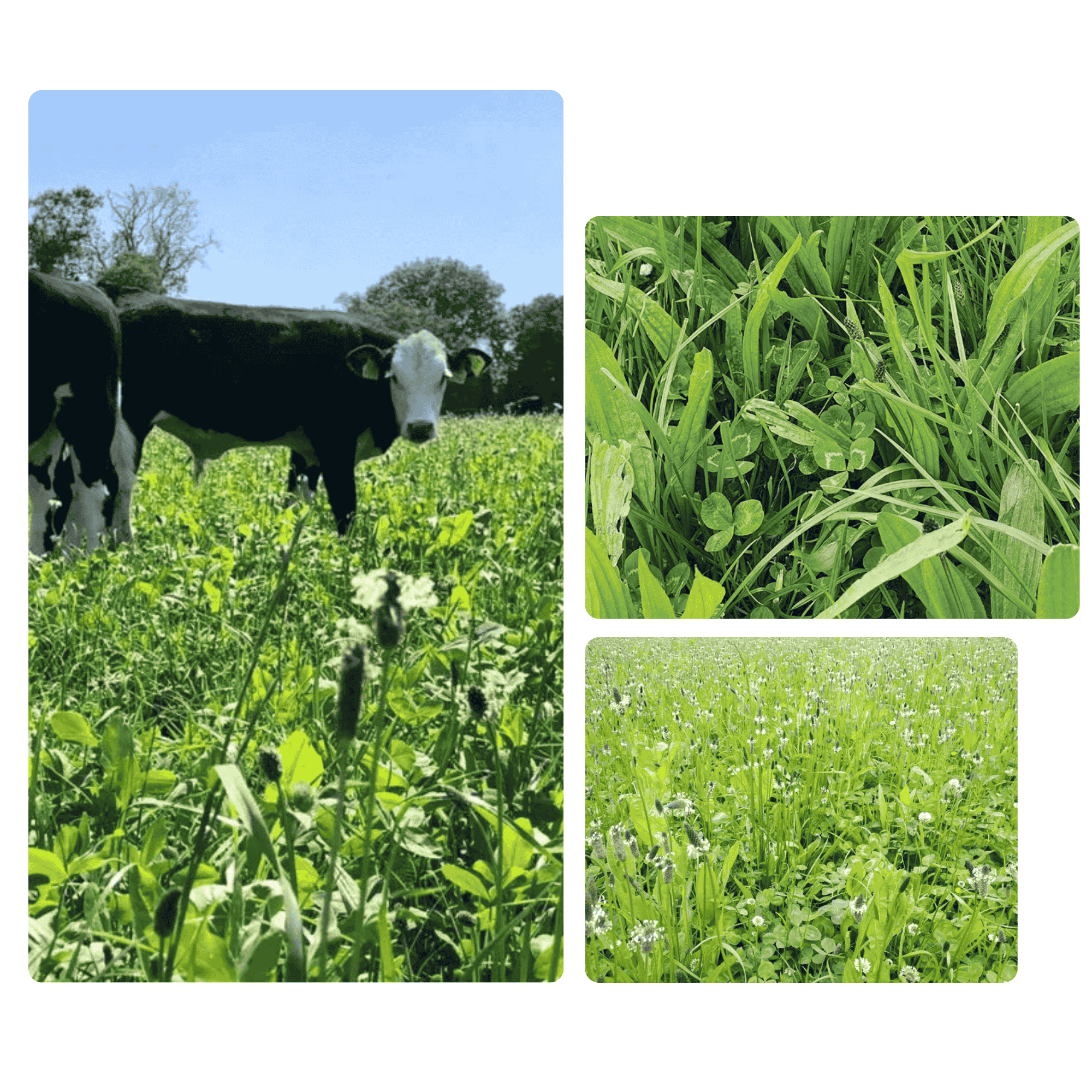
Implementation
1. Choose the right mix. Use a balanced seed mix with ryegrass, red and white clover, plantain and chicory. Avoid aggressive ryegrass dominance.
2. Reseed carefully. Sow into warm, moist soil in spring or early autumn. Maintain high soil fertility and avoid compaction.
3. Manage grazing. Start grazing when covers reach 1 200–1 400 kg DM/ha. Rotate frequently and avoid letting covers exceed 2 000 kg to preserve herb content.
Behind the Research
ODOS Tech was founded by Cian White and Alejandro Vergara, two sustainability specialists with deep expertise in agricultural climate action.
Alejandro (left), a PhD in environmental engineering from University College Dublin, helps farmers measure their carbon footprint and implement mitigation strategies to reduce their impact. Cian (right), a researcher at Trinity College Dublin with a PhD in ecology, works on restoring nature to increase biodiversity on farms using satellite imagery to monitor habitats.
Together, they helped lead the carbon and nature-based work for the Farm Zero C project at Shinagh Farm, one of Europe’s first net-zero dairy pilots. In 2020, they launched ODOS, a platform that built smart, science-based tools to help agri-food businesses protect the environment and restore nature.
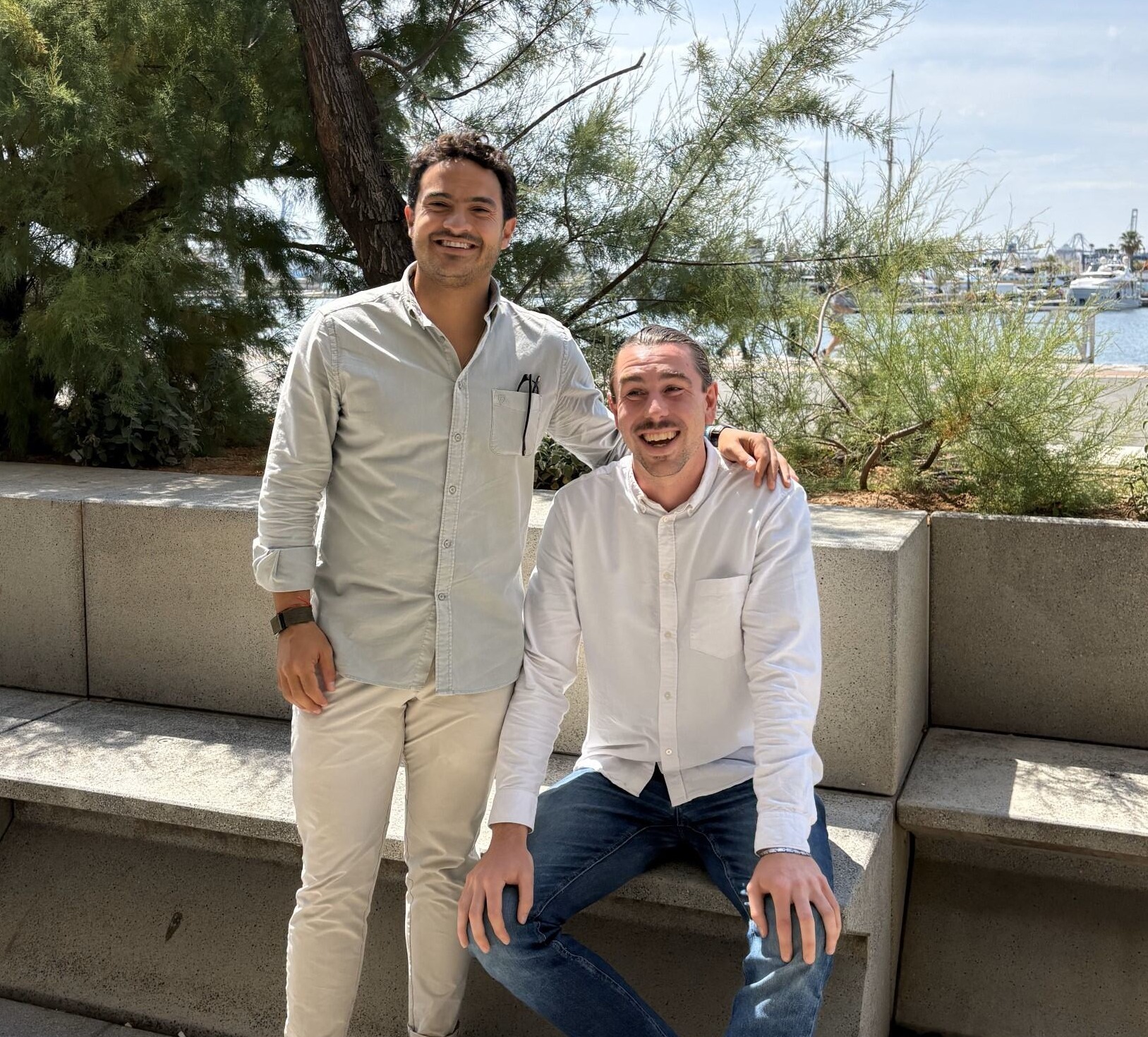
Research
Teagasc Grass Trials
Farm Zero C at Shinagh
Shinagh Farm introduced MSS to improve drought resilience and soil health. Fertiliser inputs dropped, and pasture quality remained high during dry periods.
EU and CAP Support
MSS are included in several CAP eco-schemes due to their co-benefits for biodiversity, emissions, and water quality. Many governments now offer incentives for adoption.
Discover other Strategies
Slurry Acidification
Slurry acidification reduces fertiliser demand and cuts emissions by up to 5% during storage and spreading.
Slurry Treatment
Treating slurry with hydrogen peroxide cuts emissions by up to 4% and reduce methane by up to 80% during storage.
Slurry Cover
Covering slurry stores cuts emissions by up to 5% and saves €3,600 over 50 hectares per year by reducing synthetic fertiliser use.
Extending Grazing Season
Extending the grazing season cuts emissions by up to 2.7% and boosts milk revenue by nearly €3,000 per farm.
Antimethanogenic Feed Additives
Antimethanogenic feed additives cut methane emissions by up to 28% and cost €6975 per 93 cows annually.
Grass Biorefinery
Grass biorefineries replace soy protein, save €3,000 in feed costs, and cut emissions by 8.9%.
Anaerobic Digestion
Sending slurry to anaerobic digestion can cut emissions by up to 9.4% and generate up to 400 MWh of energy per year.
Multispecies Swards
Switching to multispecies swards cuts emissions by up to 8.8% and saves €4,400 in fertiliser across 50 hectares.
Red Clover Silage
Using red clover silage cuts emissions by up to 8.2% and saves €2,000 in fertiliser across 20 hectares.
White Clover Silage
Incorporating white clover silage cuts emissions by up to 7.8% and saves €4,500 in fertiliser costs over 50 hectares.
Low Emission Slurry Spreading
Low-emission slurry spreading cuts ammonia by 60% and saves €45/h in fertiliser costs.
Genetic Selection
Genetic selection for high-EBI cows cuts emissions by up to 6.3% and boosts gains by €7,800 per 100 cows.
Protected Urea
Switching to protected urea cuts fertiliser costs and lowers emissions by up to 5.6% per kg of milk.
Ready to reduce emissions with Multispecies Swards?
Talk to our Carbon Footprint & Biodiversity experts on how we can help.

